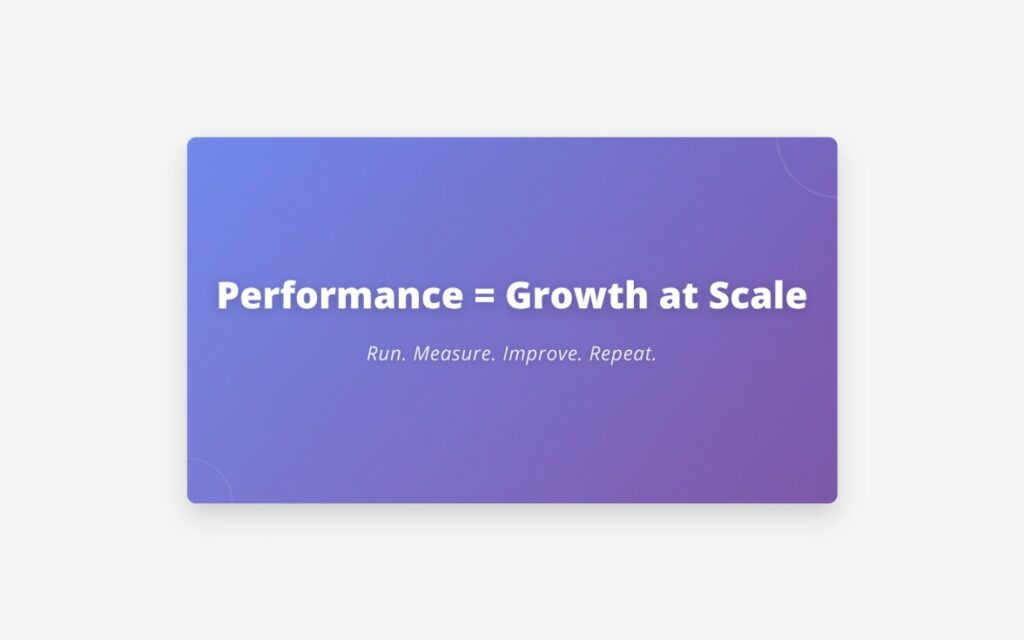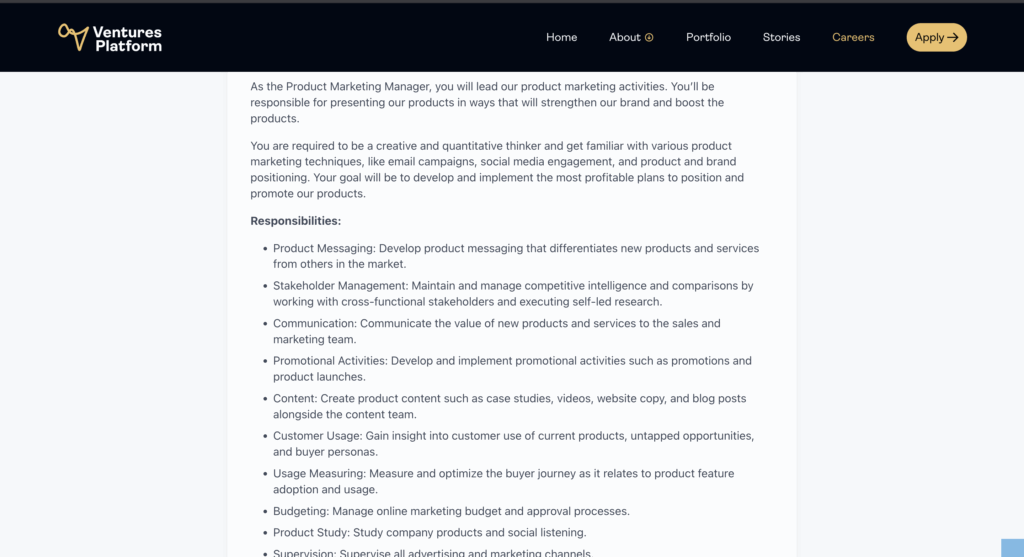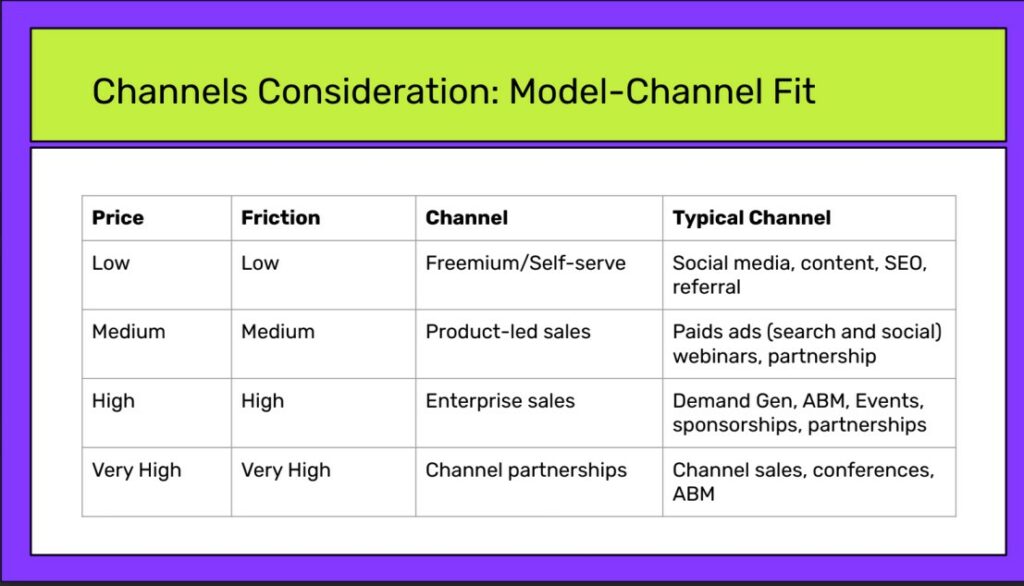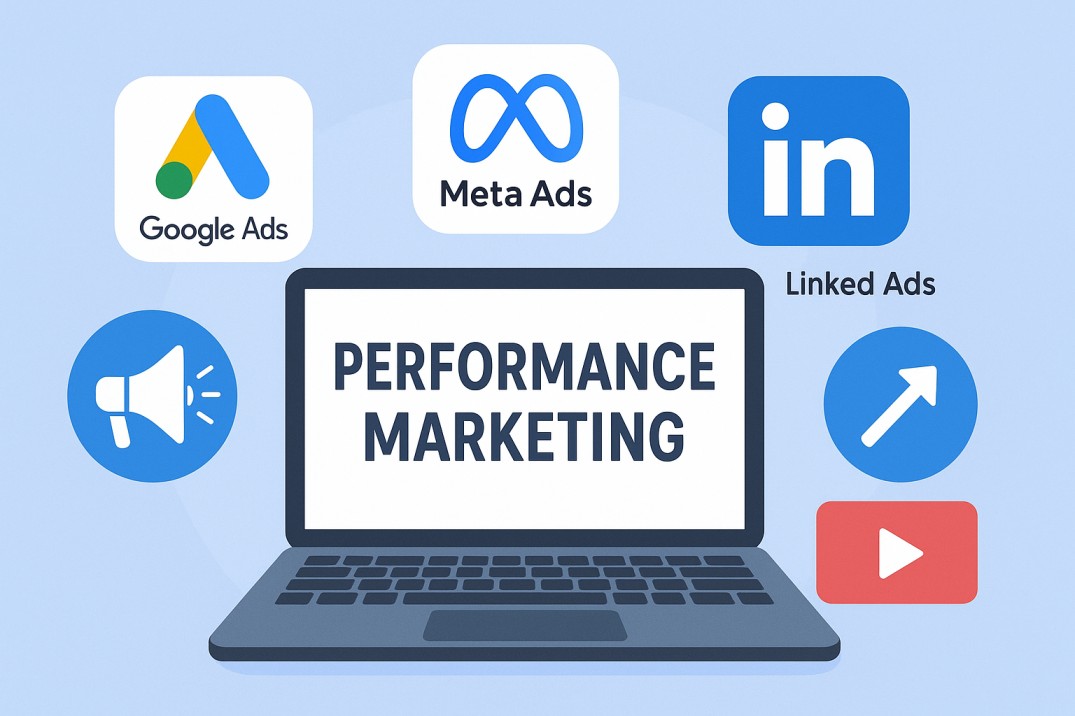Somewhere between budget cuts and back-to-back campaign reviews, you’ve probably asked yourself:
“What will make me indispensable in this company?”
It’s not vibes.
It’s not engagement.
It’s not reach.
It isn’t a clever headline or a viral post. It’s the ability to connect activity to outcomes — to plan, ship, measure, and improve in a continuous loop that the business can feel in revenue, sign-ups, and retention.
It is performance marketing skills. You don’t need to change your job title to use it.
Whether or not you run ads yourself, understanding performance marketing can change how you build campaigns, report impact and scale results.You just need to start thinking like a performance operator.
It becomes even critical as you grow into senior marketing roles, being able to connect the dots and arrive at a business decision.
Let’s uncover why performance marketing is a skill every marketer should have.
What is Performance Marketing and Why It’s More Than Just Paid Ads
Performance marketing is the practice of planning and executing campaigns with a clearly defined, measurable outcome — and then optimizing toward that outcome with data. Paid ads are one common expression, but they’re not the definition.
A webinar designed to drive demo bookings, an email series aimed at reactivating churned users and a referral loop for an app — all of these are performance initiatives when success is measured in actions, not impressions.
You need to unlearn this quickly: performance marketing ≠ running Meta ads or Google campaigns.
It’s not only a role; it’s a way of operating. Oluwole Adeosun, a product growth and performance marketer with a track record of work at PHD, UK, SeamlessHR, and WildFusion, among others, shares some insights about scaling acquisition with performance marketing at our community event.
“All marketing is meant to perform. But performance marketing focuses on real-time, measurable actions that move the business forward.” — Oluwole Adeosun
At its core, performance marketing is about:
- Setting clear, outcome-focused goals
- Choosing channels that drive actions (not just visibility)
- Measuring the right things (e.g., cost per acquisition, not just impressions)
- Optimizing continuously
- Scaling what works, shutting down what doesn’t

Three Elements that Distinguish Performance Work:
- Clarity of objective: What exact action should a user take and by when? The more specific the objective (e.g., “qualified demo requests in West African countries this quarter”), the better your targeting and creative.
- Tight feedback loops: Instrument everything from click to conversion. If you can’t see it, you can’t improve it.
- Iterative optimization: You expect to be wrong on the first try. You plan tests, read the data, and change something meaningful each cycle — audience, message, offer, or experience.
Approach your campaigns with that mindset, and every channel you touch becomes a reliable driver, not a lottery ticket.
Do You Really Need Performance Marketing Skills If You’re Not a Growth Marketer?
You might never manage an ad account, but you can still benefit from performance thinking: it’s not exclusive to ad buyers, paid ads specialists, or growth hackers.
Content & brand: If a long-form piece ranks and a landing page converts, budget protects itself. That requires clear goals, consistent testing of headlines/offers, and post-click analysis — all performance habits.
Email & lifecycle: Moving from “open rates” to “activation and expansion” forces better segmentation, event tracking, and message testing across the journey.
Social & community: Engagement is useful; conversion is proof. When you design social narratives that push qualified traffic to offers (lead magnets, trials, waitlists) and retarget based on intent, social stops being a vanity metric.
Product marketing: You sharpen positioning by observing what converts, to whom, and why. Message tests, offer variants, and funnel drop-off analysis reveal the language and proof points that matter.
You’d agree with Oluwole as he says at the Treford community event:
“Creating the campaign is the easy part. Honestly, my grandmother can run Meta Ads. The difference is the thinking—how you set goals, pick channels, and optimize.”
In short, performance skills help you defend your work in the room that approves budgets because the story you tell is backed by outcomes, not opinion.
Below is a screenshot of Piggyvest’s job responsibilities for the role of a product marketing manager promoted in April 2025 via the Ventures Platform website, one that signals that performance thinking is a huge requirement for marketers nowadays, regardless of the role you hold.

Performance Marketing Examples that Prove Context Matters
One of the most notable takeaways from the Treford session was this: local context trumps global case studies.
Take this real example from Oluwole’s experience:
“I manage campaigns on Reddit for some of my clients. It works. But here in Nigeria? Reddit isn’t where your audience is. If you copy that playbook, you’ll burn cash.”
Or this one:
“TikTok live shopping? We tested it. Huge success outside Nigeria. But locally, people don’t shop through live video. Different behaviour, different playbook.”
This is the kind of strategic awareness performance marketers and other marketing professionals need and he advised the following:
- Make your strategy fit your product, audience and budget.
- Don’t assume a channel will work just because it’s trending.
- Do user research. Ask questions. Study digital behaviour.
How to Choose the Right Performance Marketing Channels for Your Product
Use a simple four-fit model so channel choices feel like strategy, not guesswork:
Market–Channel Fit: Where does your audience already pay attention and take action? A Gen Z fintech crowd might live on Twitter, YouTube, and WhatsApp communities. Enterprise buyers might prefer LinkedIn and industry events. Start with audience behavior, not marketer preference.
Product–Channel Fit: Low-friction products (freemium tools, consumer apps) thrive on scalable, creative-led channels — paid social, creator partnerships, referrals. High-friction solutions (B2B platforms, regulated fintech) often rely on content, SEO, targeted social, webinars, and partnerships to educate and qualify before a sales touch.
Budget–Channel Fit: Constrained budgets require focused attention. Prove a narrow pathway (one audience × one offer × one landing page) before adding variables. If $500 is your monthly cap, don’t split it across five unproven channels; concentrate it where signal emerges fastest.
Model–Channel Fit: If your product is self-serve, optimize for seamless onboarding and in-product prompts. If sales-assisted, optimize for lead quality and sales velocity. Your objective and your buying motion should decide whether you chase MQL volume or fewer, tighter SQLs.
When you document these fits, prioritization becomes obvious, and you resist the urge to chase every shiny object.

Budgeting: How the 70–20–10 Rule Helps You Scale
Oluwole shares a step-by-step, practical guide to budgeting for marketing during this community session.
The Most Important Skills to Learn in Performance Marketing: Data and Creativity
Let’s be honest. With AI and automation tools taking over ad placement and targeting, marketers are losing some of the technical edge we once had. So what’s left?
Our durable advantages are data and creativity and they amplify each other.
Data that actually moves decisions:
- First-party data: Consent-based emails, product events, and CRM fields allow precise segmentation. A cohort of “trial users who hit feature X but didn’t activate” is worth 10x a generic lookalike.
- Attribution discipline: Perfection is impossible, but alignment is essential. Decide what counts as success (demo booked, deposit made), align tracking across web/app/CRM, and review assisted conversions to avoid last-click bias.
- Cohort and LTV thinking: The cheapest acquisition is not always the best. If Creator A drives 20% higher 90-day retention than Paid Search, pay more for that traffic. CAC is a variable, not a religion.
Creativity that earns attention:
- Hook, context, proof: The opening seconds and first line matter. Use the cultural cues your audience recognizes, then land on a clear, credible outcome (screenshots, testimonials, numbers).
- Message > polish: A self-shot video that explains how someone used your product to achieve a specific result will often beat a glossy brand ad.
- Offer clarity: “Try the budgeting template free — no card required” will outperform “Get started” ten times out of ten, because the value and the risk are explicit.
When creative ideas are informed by real segments and real behavior, your tests compound faster.
How to Scale Performance Marketing Campaigns Without Just Spending More
Budget is an amplifier, not a fix. Scale becomes sustainable when you increase depth before spend:
Tighten the journey
Audit the post-click experience. If 60% of traffic bounces on the landing page, fix clarity, speed, and relevance before buying more traffic. If onboarding requires KYC, communicate steps and expected time upfront; drop-off will fall.
Exploit your own winners
Transform high-performing organic posts into paid assets. Turn customer support “how-to” answers into short video ads. Use your best email subject lines as creative hooks. Keep the angle; change the format.
Sequence intent
Warm traffic with education (creator reviews, short tutorials), then retarget with a concrete offer (trial, template, calculator). Give each step one job.
Upgrade measurement
Move beyond basic web analytics. Connect events to your CRM or CDP, and measure leading indicators (activation rate, time-to-value) that predict revenue earlier. Better signal reduces wasted spend.
Codify learnings
Every test should end in a sentence: “For first-time buyers in Lagos, price-anchored headlines beat feature-lists by 18%.” Knowledge you can reuse is the compounding engine behind scale.
How to Learn Performance Marketing and Apply It in Your Current Role
Start with the work you already own and layer performance habits into it:
- Define a single success metric for each initiative (demo, trial, deposit). If multiple teams touch it, agree on the definition.
- Instrument the funnel from first touch to action. Even a simple UTM discipline plus GA4 events is better than guessing.
- Write a test plan: one hypothesis per test, one variable at a time, a time frame, and a decision rule for next steps.
- Report like an operator: lead with the objective, the action taken, the result, and the decision. The clarity builds trust and runway.
If you want structure and speed, pick a program that puts you in the habit of testing, not just watching lectures.
Best Performance Marketing Courses for Marketers Who Want to Upskill
Strong programs share four traits:
- Frameworks before tactics: You learn to decide what to test and why, not just where to click.
- Hands-on projects: You run a campaign, build a dashboard, launch a test, or fix a funnel — and get feedback.
- Budgeting and measurement: CAC/LTV math, attribution trade-offs, and decision-making with imperfect data.
- Practicing instructors: People who have shipped campaigns and owned targets, not only taught theory.
Treford’s Performance Marketing Live Program was built with exactly this in mind for marketers who want sharper results in their current roles, not a career switch. You’ll plan, launch, measure, and iterate with support, and you’ll leave with a working system you can defend in the next leadership meeting.
Have any questions? Message us at [email protected] or chat our support here.

